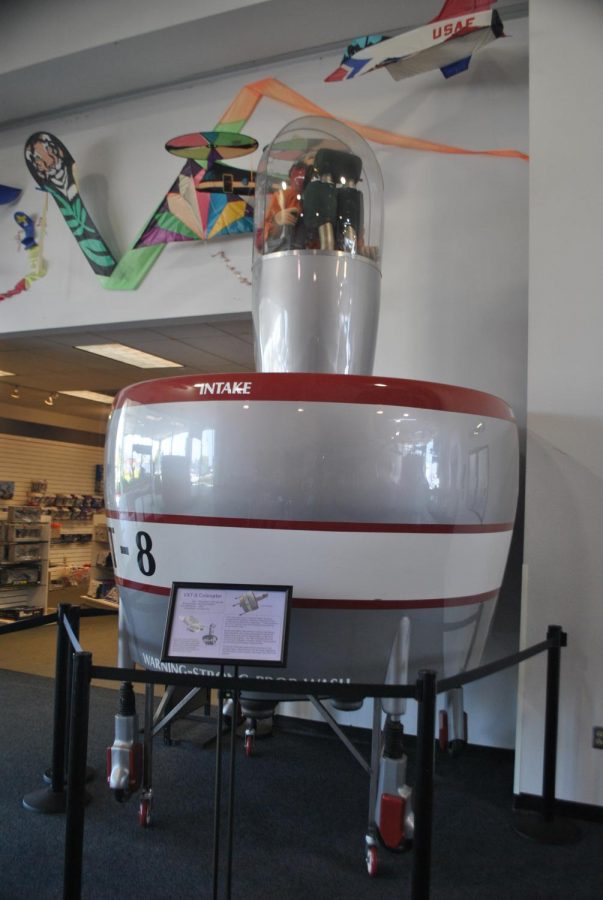Coleopter: A potentially revolutionary invention ends in disaster.
Imagine you’re a pilot in any war one of your first targets is usually airports, because if you can take out the enemies airport the they don’t have an easy way to defend against aerial attacks. And because airports have really long runways it makes it very easy to hit your target when dropping bombs on the airport. Planes need a very long Runway to take off, the reason for this is that they have to get to a certain speed to create enough lift with their wings to take off. And the faster you can speed up the faster you can take off, meaning your runway doesn’t have to be as long.
So in the 1950s aeronautical Engineers realized if your engine is strong enough you don’t need a Runway at all, all you would need is something like a helipad. So the idea of a plane taking off vertically was born. Only four designs were ever made three of which were made by the Americans and one was made by the French the three American planes all look pretty similar just experimenting with different configurations of regular plane wings. But the really interesting plane was made by the French, called the c.450 Coleopter.
The c.450 Coleopter (Coleopter for short) was very different from anything anyone had ever made before, the coleopter had cylindrical wings with external fins to help stabilize it, as with anything brand knew it was bound to have its flaws, and since this was being developed in the 1950s they didn’t have virtual rendering meaning Pilots had to put their life on the line to develop This Plane. Their first couple of test flights they were just hovering a few feet off the ground to see if they could take off. it was during these tests flights that they ran into a couple of issues such as the plane would rotate even know they had external fins to help with control, and because the pilots were so high up in the plane they couldn’t see how far they were from the ground, along with several air resistance problems that were a result of the cylindrical wing.
In July of 1959 French Engineers were ready to take on their greatest challenge yet, transitioning from horizontal flight to Vertical flight. On paper it seems like if you just go fast enough you could create enough lift to sustain horizontal flight, but because of previously mentioned drag issues with the cylindrical Wing they were not able to achieve the speeds they needed to sustain flight and ended up crashing the plane with the pilot barely ejecting in time.
After this the French would try to collect enough funds to build a second prototype but would never receive those funds and the project would cancelled, soon after the American project would also be canceled. Only a couple years after that we learned that if you direct your exhaust from your engine straight down you can create enough lifted achieve of her to take off in a normal plane.
RELATED STORIES:
https://www.theverge.com/2012/6/8/3073654/french-beetle-coleoptere-aircraft















